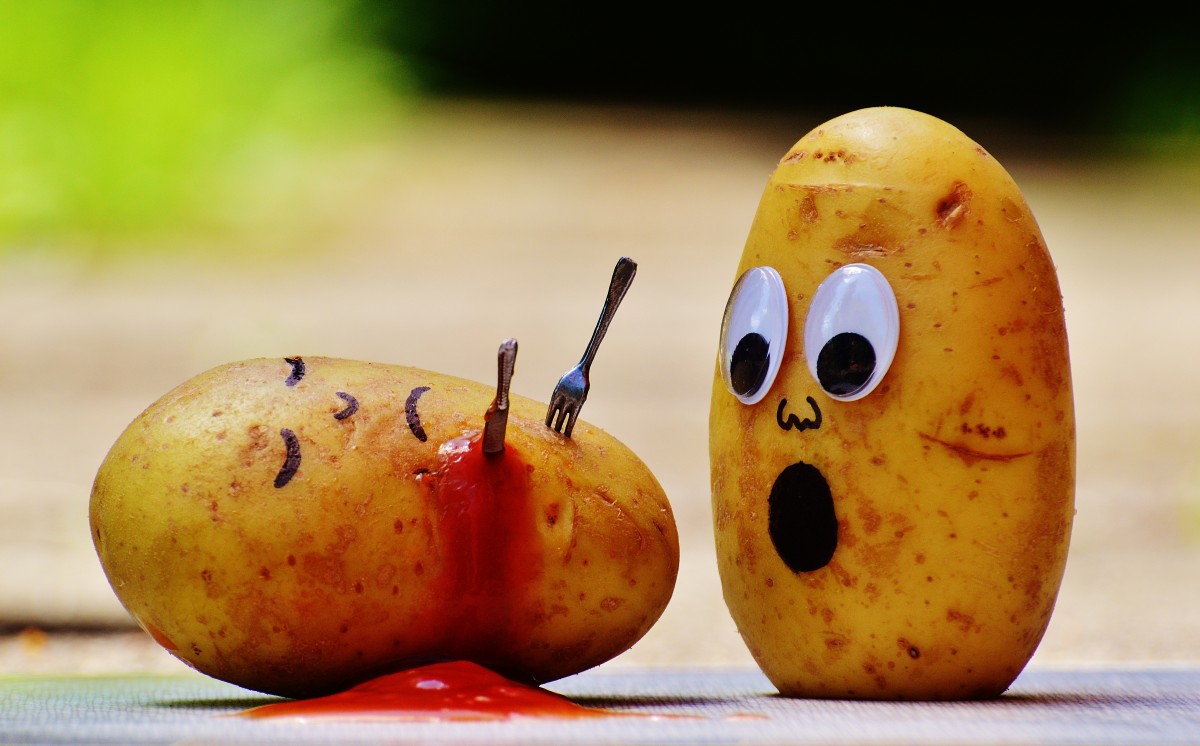
How to Make Your Paint
How to Make Your Paint
Contents
Recommendations
Step 1: Prepare the potato starch base
Step 2: Prepare the color base
Step 3: Prepare your pigments
Step 4: Apply the paint
There are many recipes for making homemade paints that are both environmentally friendly and economical.
Without chemicals, they can be applied in any room of the house. The wide range of natural pigments can create different shades, more or less bright. However, you must take care not to saturate the pigments.
Making natural paint is relatively easy. However, it is necessary to respect the proportions and steps to obtain a homogeneous preparation that will last over time.
Here are the steps to follow to make your potato starch-based paint.
Recommendations
Potato starch is used for its starch, which has strong sticking power. Be careful not to buy a mixture of different starches! The result could be different.
To tint the paint correctly, respect the pigment dosages indicated for each preparation so as not to saturate them. Experiment with different pigment dosages on pieces of cardboard to get the desired color.
Under the effect of the Meudon white, the pigments will lighten as they dry: it is advisable to design a paint darker than the desired shade. If necessary, test and let dry before covering an entire wall.
The proportions indicated below will cover approximately 30 m² of the surface. Be careful not to prepare too much natural paint at once because, unlike store-bought paints, it does not keep for more than 48 hours!
1. Prepare the potato starch base
To make the paint base, mix potato starch with water. The starch should be about 1/15 of the weight of the water (for example, for 20 grams of starch, you would use about 300 mL of water):
Mix the cornstarch with cold water in a saucepan.
Heat the mixture, stirring continuously with a whisk or spatula to prevent the mixture from sticking to the bottom.
You should obtain a paste resembling glue.
Your base is ready, and you need to add the color base and pigments.
Be careful: if you add the potato starch to boiling water, you risk getting lumps and, therefore, a tough paste to work with!
2. Prepare the color base

Once your base is ready, you need to make a new mixture that will allow you to tint your natural paint:
In a new container, mix the white Meudon with cold water in almost equivalent proportions (1.5 kg of white Meudon for 2 liters of water). You can use a whisk-mixer mounted on a drill to mix large quantities.
Pour the first starch mixture over the second and mix well.
3. Prepare your pigments
The paint you have prepared is white, so now you need to tint it with pigments. It is highly recommended to proceed with tests to obtain the desired color.
Dilute a small amount of pigments (weigh 10 or 20 g to start, especially if you want a light color) in cold water.
Mix these pigments with your white paint base.
Spread a little paint with a brush on a piece of cardboard.
Let it dry well, as the potato starch paint will tend to lighten as it dries.
If you don’t like the result, add pigments to darken your paint, weighing the dosage each time.
Be sure to mix well to even out the shade. You can use a whip-mixer.
Note: Be careful not to saturate the paint: natural pigments represent a maximum of 25% of the final weight.
4. Apply the paint
Your natural paint is ready, and you can now paint your surface, which you will have prepared beforehand.
You can apply this natural paint to any surface, provided it is well prepared. The surface must be smooth, clean, and preferably undercoated.
Apply the first coat of paint with a flat brush.
After the surface has dried, apply a second coat of paint:
with a brush, if you are working on furniture or a small surface;
with a roller on the walls.
A third coat may be necessary to harmonize the surface. Use the same technique as for the second coat.
Note that potato starch paint is not washable. If you want to proceed with this operation, you must cover it with a coat of varnish. Avoid wax which will tend to damage the paint.
Materials to make your paint
Meudon white
Pigments
Potato starch
Flat brush
Roller
Mixing whisk
Drill
Read more:
You May Also Like

The Sun – The Star of the Solar System
2021-09-22
Discovering the 5 Secrets of Nature’s Wonders
2023-06-29



One Comment
Pingback: